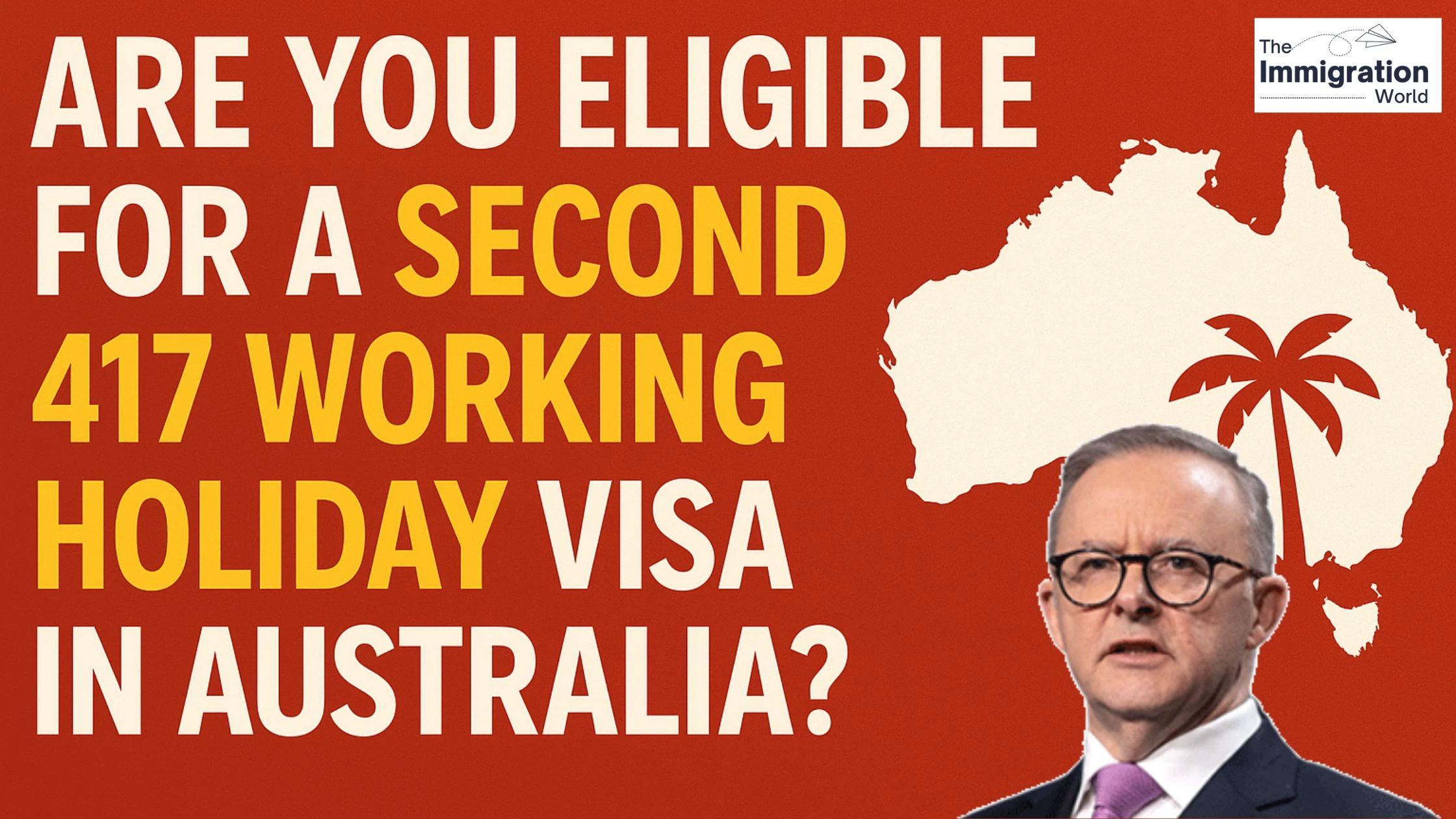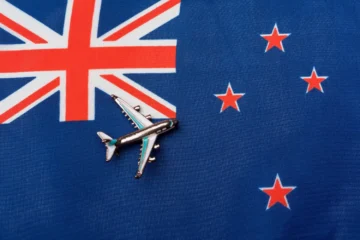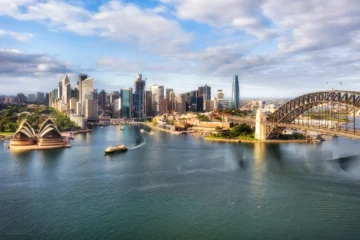So you’ve fallen in love with Australia—its beaches, the barbies, the banter—and you’re not quite ready to pack your bags after one year. The good news? You don’t have to. Thanks to the Second Working Holiday Visa (Subclass 417), your Aussie adventure doesn’t have to end just yet. But before you book your next surf lesson or start looking for more regional work, let’s break down what this visa is all about—and whether you can snag one.
Key Takeaways
What is the Second 417 Working Holiday Visa?
The Second Working Holiday Visa is a golden ticket for backpackers and gap year adventurers who just can’t get enough Down Under. It gives you an extra 12 months to live, work, and travel in Australia, with a bit more freedom and a lot more sunshine.
But it’s not just a free extension. This visa is designed to reward those who’ve contributed to regional and rural Australia by doing what’s called “specified work” (more on that in a bit). So if you’ve been picking apples, pouring concrete, or helping with bushfire recovery, you might be exactly the kind of traveler Australia wants to keep around.
Who Can Apply for the Second Working Holiday Visa in 2025?
To even be in the running, you need to tick a few key boxes:
- You must have held a First 417 Working Holiday Visa.
- You need to be 18 to 30 years old, or up to 35 if you’re from a lucky few countries (like Canada, Ireland, and France).
- You must hold a passport from a country that’s part of the Subclass 417 program.
- You need to have completed at least 88 days of specified work in regional Australia while on your first visa.
It’s not exactly rocket science, but Australia’s pretty strict about the rule, so every day of work and every eligibility detail counts.
What Kind of Work Qualifies You for the Second 417 Visa?
Here’s where the visa gets a bit more “hands-on.” To qualify, you need to do “specified work” in regional areas for at least 88 full days.
What counts as “specified”? Think:
- Agricultural work, like fruit picking, harvesting crops, or working on cattle farms.
- Construction work, including laboring, bricklaying, and scaffolding.
- Bushfire and disaster recovery work—this could be paid or volunteer work post-natural disasters.
- Mining, fishing, tree farming, and pearling are also on the list.
And here’s the fine print: unpaid internships, hospitality gigs in Sydney, or that casual barista job in Melbourne? Unfortunately, those won’t cut it.
How to Prove Your Regional Work in the Application
Your word isn’t quite enough here. Immigration wants receipts—and then some.
To prove you’ve done your 88 days, you’ll need to collect:
- Payslips that match your timeline.
- A letter from your employer with your job description, start and end dates, and location.
- Bank statements showing wage deposits.
- Australian tax records, like your PAYG summary.
Keep this stuff organized as you go—it’ll save you a massive headache when it’s time to apply.
Step-by-Step Guide to Applying for the Second 417 Visa
Time to log in and get things rolling. Here’s your roadmap:
- Create or log into your ImmiAccount on the Australian immigration website.
- Choose the “Second Working Holiday Visa (Subclass 417)” option.
Fill out the application, and attach your documents (proof of work, ID, passport, etc.). - Pay the AUD 635 visa fee (no, it’s not getting cheaper).
- Hit submit and wait patiently—processing times can vary, but many applicants hear back within a few weeks.
And yes, you can stay in Australia while your application is being processed, even if your first visa expires during that time.
What You Can Do on a Second Working Holiday Visa
Let’s talk perks—because this visa has a few:
- Work rights: You can work for up to 6 months per employer, or longer if approved.
- Study up to 4 months—maybe a short course or upskilling opportunity.
- Travel freely in and out of Australia—your weekends in Bali or New Zealand are still on the table.
- And of course, live like a local—from outback towns to coastal surf hubs.
It’s essentially your second chance to do all the things you missed the first time around.
Can You Stay Even Longer? Introduction to the Third 417 Visa
If you play your cards right, the second visa doesn’t have to be the end either. There’s a Third Working Holiday Visa, and all it takes is an additional six months of specified work while you’re on your second one.
That’s right—another year in Oz, just waiting to be unlocked. So if you’re loving the regional lifestyle (or jjust saving for more travels), it’s worth considering.
Common Mistakes to Avoid During Your Application
Even the best backpackers mess up, so here are the most common blunders to dodge:
- Miscounting your 88 days (weekends and sick days don’t count, folks).
- Doing non-eligible work in eligible locations—or vice versa.
- Missing documentation, like payslips or employer letters.
- Submitting late or incomplete applications.
- Ignoring the location requirement, “regional” really does mean outside the metro bubble.
Pro tip: Keep a work diary or spreadsheet as you go to avoid last-minute panic.
Final Thoughts: Is the Second 417 Visa Worth Applying For?
The Second 417 Visa is a solid path to extend your stay, earn money, explore more of Australia, and set yourself up for permanent residency down the road (if you play it smart). It’s your chance to swap city life for outback adventures, meet people from every corner of the globe, and live a bit more of that Aussie dream.
So if the red dirt, beach days, and regional work life haven’t worn you out yet, start prepping your docs. Another 12 months in Australia might just be a few clicks away.





